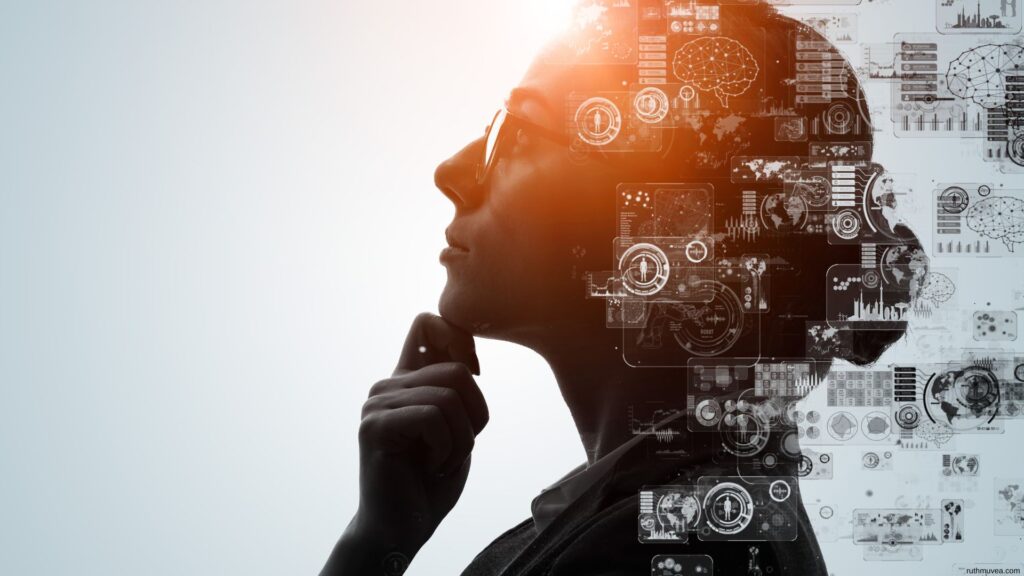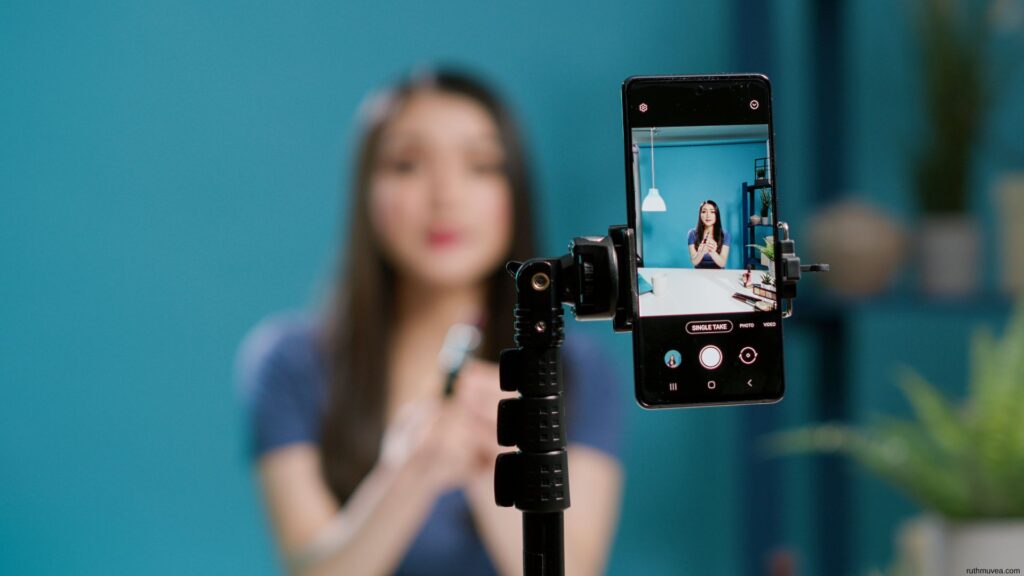The creative landscape is undergoing a seismic shift. Artificial intelligence has evolved from a futuristic concept to an everyday tool that’s reshaping how content is conceived, created, and consumed. From AI-generated blog posts to synthetic artwork and automated video production, we’re witnessing the dawn of a new era in creative work.
This transformation isn’t just changing what’s possible—it’s fundamentally altering the roles of writers, designers, and creators across industries. While some view AI as a threat to creative jobs, others see it as the ultimate creative collaborator. The reality lies somewhere in between, offering both unprecedented opportunities and significant challenges.
The Current State of AI Content Creation
Today’s AI tools can produce remarkably sophisticated content across multiple mediums. Large language models generate human-like text, while image generation platforms create stunning visuals from simple prompts. Video AI can produce clips, edit footage, and even generate entire scenes. Audio AI synthesizes voices, composes music, and creates sound effects with increasing realism.
The numbers tell a compelling story. Recent industry surveys indicate that over 60% of marketing professionals now use AI tools regularly, while creative agencies report productivity increases of 30-50% when incorporating AI into their workflows. Major platforms like Adobe, Canva, and WordPress have integrated AI features, making these tools accessible to millions of creators worldwide.
Impact on Writers and Content Creators
For writers, AI represents both a powerful ally and a formidable competitor. Content creation AI can produce articles, social media posts, product descriptions, and even creative fiction at unprecedented speed. This capability has democratized content creation, allowing businesses and individuals to produce more content with fewer resources.
However, this shift is redefining what it means to be a writer. The most successful writers are learning to work alongside AI, using it for ideation, research, and first drafts while focusing their human expertise on strategy, voice development, and quality refinement. The role is evolving from pure content creation to content curation, editing, and strategic oversight.
Specialized writing skills are becoming more valuable than ever. Writers who can develop brand voice, create emotional connections, and understand audience psychology maintain significant advantages over AI-generated content. The demand for high-quality, human-crafted content continues to grow, particularly for complex topics requiring expertise, empathy, and nuanced understanding.
Transforming the Design Industry
Graphic designers and visual creators face perhaps the most dramatic changes. AI image generators can produce professional-quality visuals, logos, and marketing materials in minutes. This capability has lowered barriers to entry for design work while challenging traditional design processes.
Smart designers are embracing AI as a creative partner rather than viewing it as competition. AI excels at generating initial concepts, exploring variations, and handling routine tasks like background removal or image enhancement. This frees designers to focus on strategic thinking, client relationships, and creative direction.
The most successful design professionals are developing hybrid skills, combining traditional design expertise with AI proficiency. They use AI for rapid prototyping and concept development while applying human judgment for refinement, brand alignment, and emotional resonance. This approach often produces superior results compared to purely AI-generated or purely human-created content.
Opportunities in the New Creative Economy
The rise of AI content creation is generating entirely new career paths and business opportunities. AI prompt engineers specialize in crafting effective prompts to generate desired outputs. Content strategists focus on planning and overseeing AI-assisted content production. AI training specialists help companies implement and optimize AI tools within their creative workflows.
Entrepreneurs are building businesses around AI-human collaboration. Some offer premium content services that combine AI efficiency with human creativity. Others develop specialized AI tools for specific industries or use cases. The key is finding the sweet spot where AI capabilities complement human strengths.
Creative professionals who adapt early often gain significant competitive advantages. They can offer faster turnaround times, handle larger projects, and provide more cost-effective solutions to clients. This positions them favorably in an increasingly competitive marketplace.
Challenges and Concerns
Despite the opportunities, AI content creation presents legitimate concerns for creative professionals. Job displacement fears are real, particularly for entry-level positions and routine content creation roles. The market is becoming increasingly saturated with AI-generated content, making it harder for human creators to stand out.
Quality control remains a significant challenge. AI-generated content can contain factual errors, exhibit bias, or lack the nuanced understanding that complex topics require. This creates liability issues for businesses and reputation risks for creators who rely too heavily on AI without adequate oversight.
Ethical considerations are also paramount. Questions around copyright, attribution, and the training data used by AI systems continue to evolve. Creators must navigate these ethical complexities while building sustainable practices that respect both legal requirements and industry standards.
Read more on Seo writing

The Human Element: What AI Cannot Replace
While AI capabilities continue to expand, certain aspects of creative work remain distinctly human. Emotional intelligence, cultural understanding, and the ability to connect with audiences on a personal level are areas where humans excel. AI struggles with context, subtext, and the subtle nuances that make content truly compelling.
Strategic thinking and creative problem-solving also remain human strengths. AI can execute tasks efficiently, but humans provide the vision, goals, and creative direction that guide AI tools toward meaningful outcomes. The ability to understand client needs, anticipate market trends, and adapt to changing circumstances requires human insight and experience.
Authenticity and personal voice are increasingly valuable in a world filled with AI-generated content. Audiences crave genuine connections and unique perspectives that reflect individual experiences and viewpoints. Creators who develop strong personal brands and authentic voices maintain significant competitive advantages.
Strategies for Thriving in an AI-Dominated Landscape
Success in the new creative economy requires strategic adaptation. Continuous learning is essential, as AI tools and capabilities evolve rapidly. Creators should invest time in understanding new technologies while developing skills that complement AI capabilities.
Specialization becomes more valuable as AI handles general tasks. Developing expertise in specific industries, audiences, or creative techniques creates differentiation and positions creators as irreplaceable specialists rather than generalists competing with AI.
Building strong client relationships and focusing on strategic consultation rather than just execution creates lasting value. Clients increasingly need guidance on how to effectively integrate AI into their creative processes, presenting new opportunities for knowledgeable creators.
Future Outlook and Predictions
The trajectory of AI content creation points toward even greater integration and sophistication. We can expect AI tools to become more specialized, handling industry-specific requirements with greater accuracy. Real-time collaboration between humans and AI will become seamless, with AI providing instant feedback and suggestions throughout the creative process.
However, this evolution will likely increase rather than decrease the importance of human creativity. As AI handles routine tasks, human creators will be freed to focus on higher-level strategic and creative work. The most successful creators will be those who master the art of human-AI collaboration.
The creative industry is likely to see new hybrid roles emerge, combining traditional creative skills with AI expertise. Educational institutions and training programs are already adapting to prepare the next generation of creators for this new reality.
Conclusion: Embracing the Creative Revolution
The rise of AI content creation represents both a challenge and an unprecedented opportunity for writers, designers, and creators. While the landscape is changing rapidly, those who embrace AI as a creative partner rather than a competitor are positioning themselves for success in the new economy.
The key lies in understanding that AI augments rather than replaces human creativity. The most powerful creative work emerges from the synergy between AI efficiency and human insight, emotion, and strategic thinking. By developing this collaborative approach, creators can harness AI’s capabilities while maintaining the uniquely human elements that make content truly compelling.
As we move forward, the creative professionals who thrive will be those who adapt quickly, learn continuously, and focus on developing skills that complement rather than compete with AI. The future belongs to creators who can seamlessly blend artificial intelligence with human creativity to produce work that neither could achieve alone.
The creative revolution is here, and it’s not about choosing between human and artificial intelligence—it’s about combining them to unlock new levels of creative potential.


Pingback: Generative AI: The Revolutionary Technology Transforming Content Creation in 2025 - RuthMuvea.com